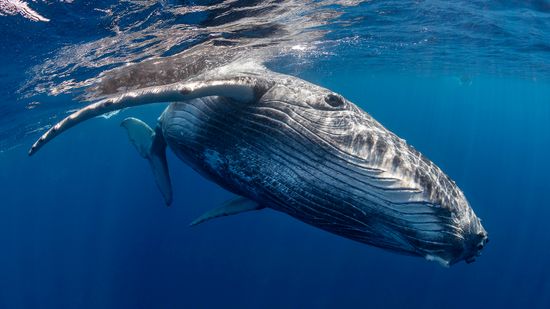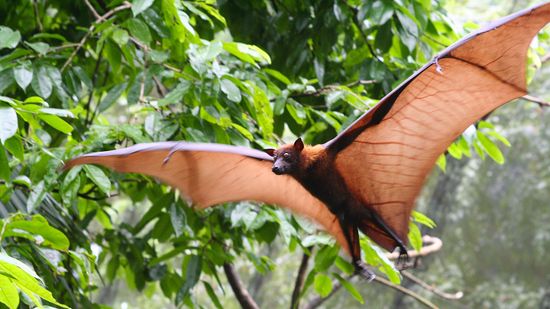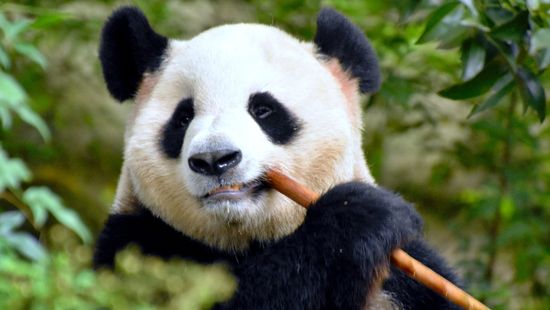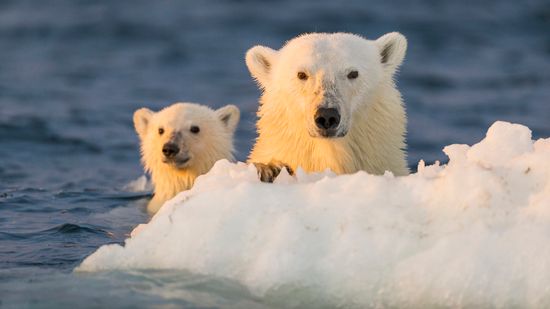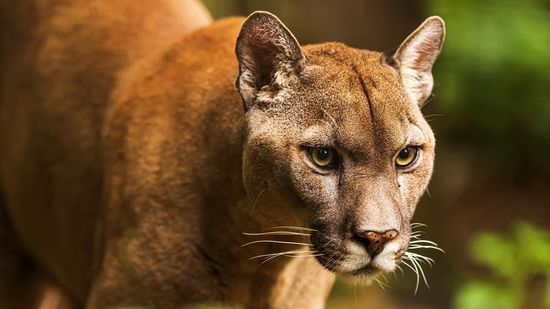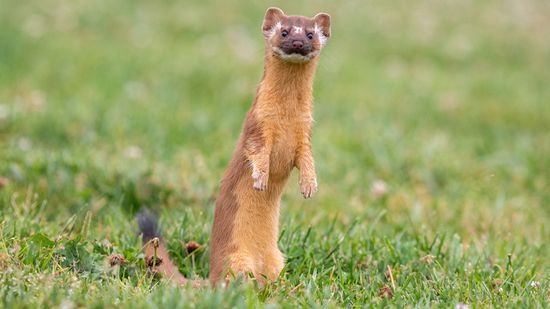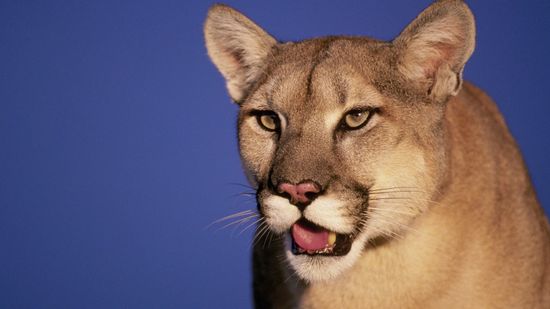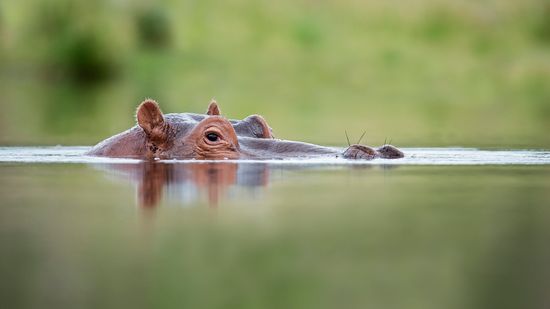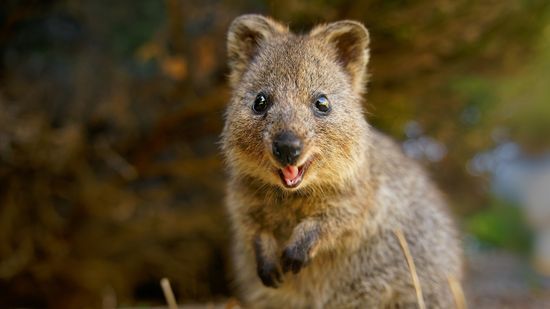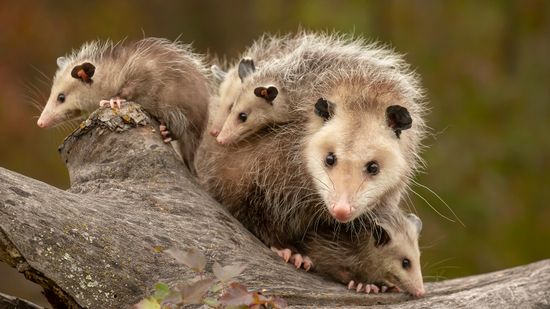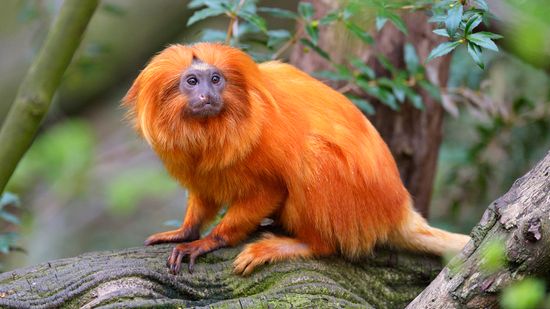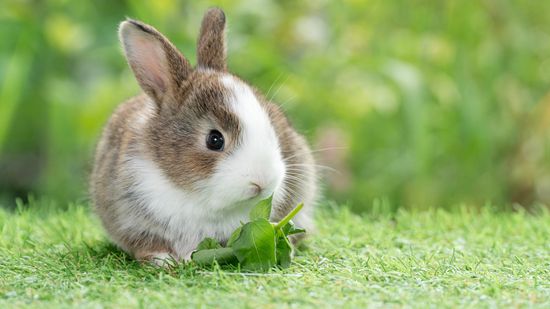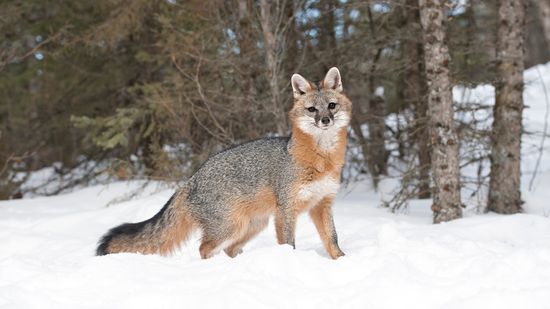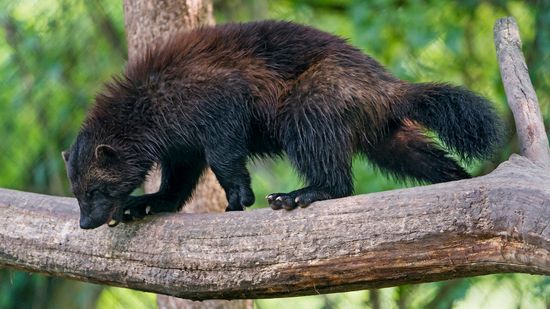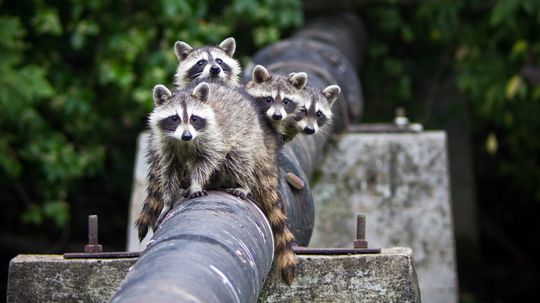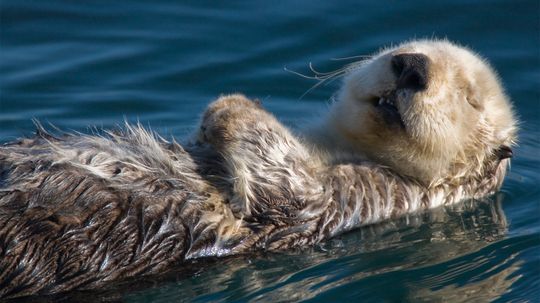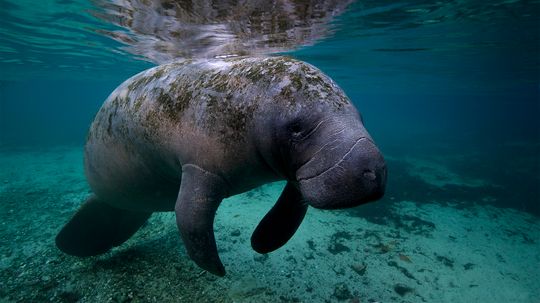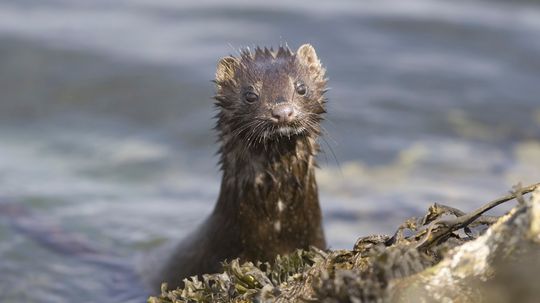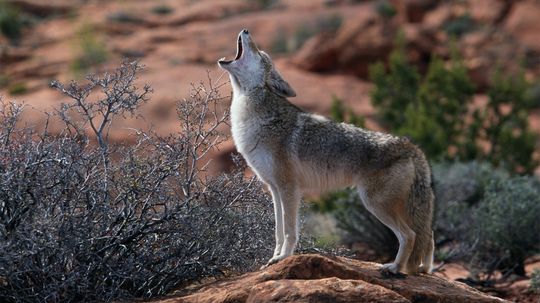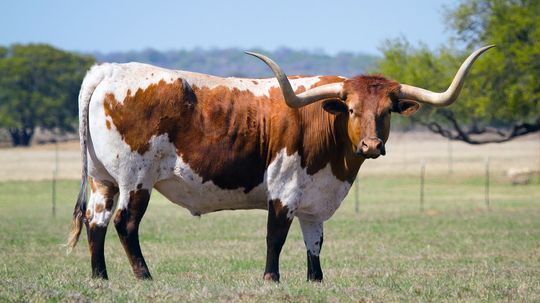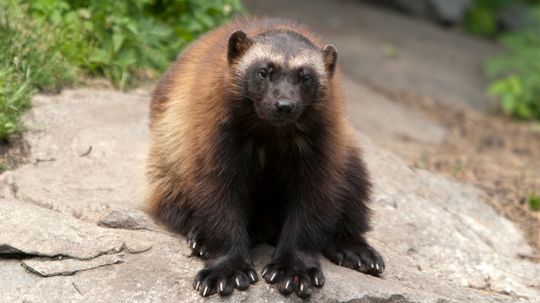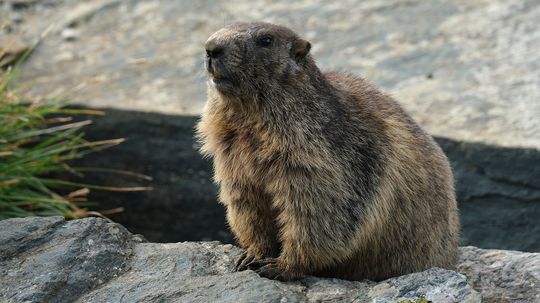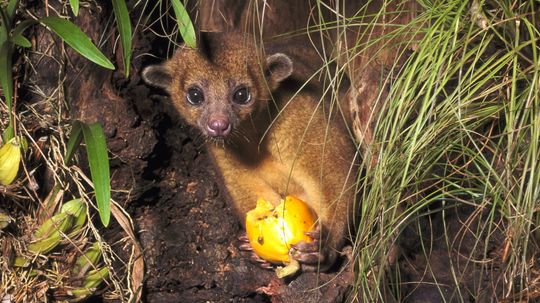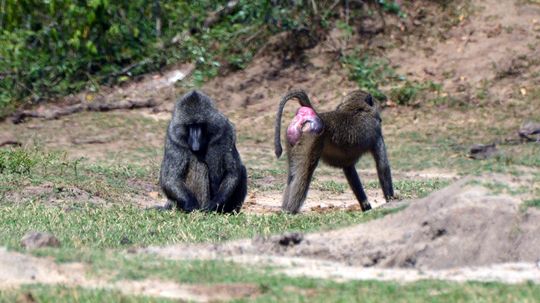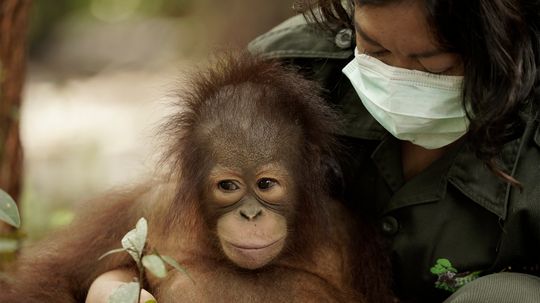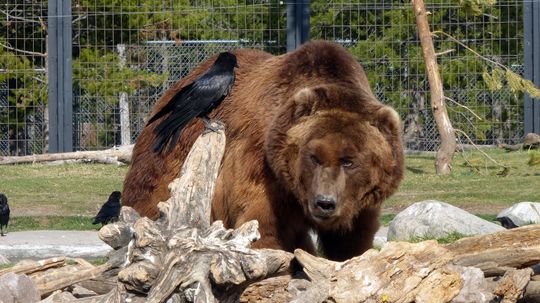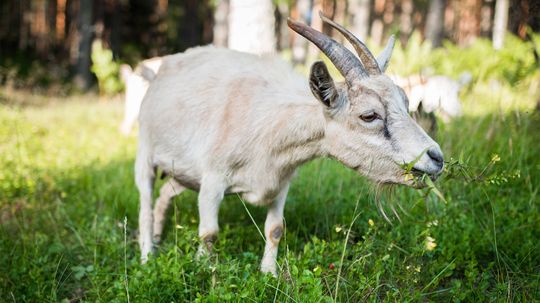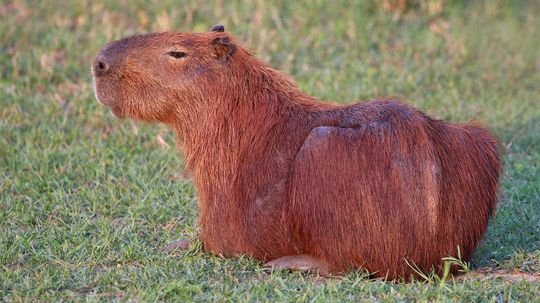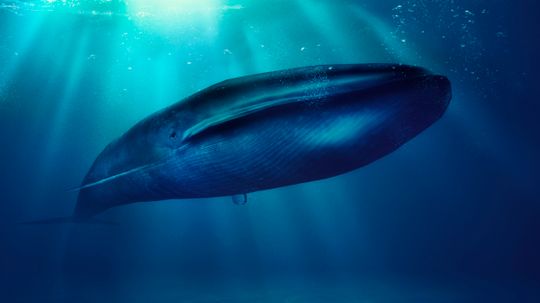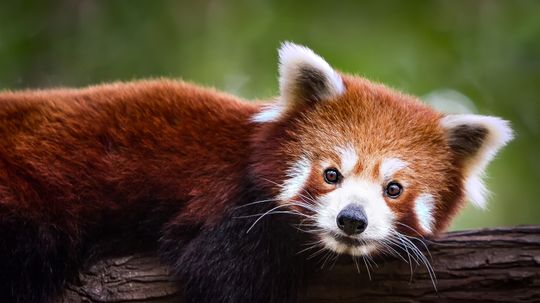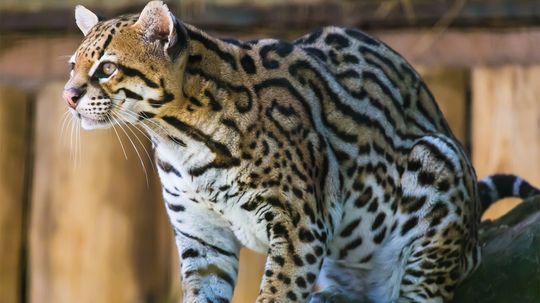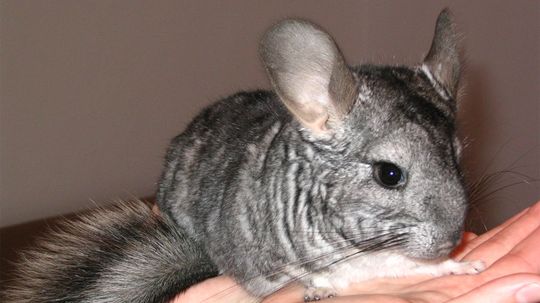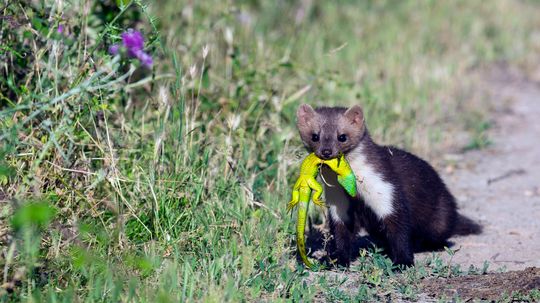Mammals
Scientifically-speaking there are 11 mammal groups, and most Mammals are warm-blooded, have body hair, give live birth and nurse their young with milk from mammary glands. Check out these articles about all kinds of mammals.
Learn More / Page 7
They're the cutest and most curious masked mammals around. But they also have a reputation for being a nuisance. Here's everything you need to know about the raccoon.
By Meg Sparwath
Sea otters are adorable, back from the brink of extinction and will totally bite you.
Move over Dracula. These fish, birds and bats really are the vampires of the animal world - and they do need to eat (or suck) blood to sustain life.
By Mark Mancini
Advertisement
Manatees are so gentle and sweet they'll break your heart, but in 2021, there have been more manatee deaths than in any year in previously recorded history. Why are these gentle giants dying in such unprecedented numbers?
It turns out that bobcats do just fine if not actively hunted by humans.
The wars between mink species and humans quietly rage worldwide.
Though ol' Wile E. never did catch the Road Runner, coyotes are some of the most ingenious and adaptable animals on the planet.
Advertisement
These impressive and intimidating animals have an illustrious past that helped them wend their way through America and settle in the heartland of the South.
By Mark Mancini
These berserker weasels are the ultimate cold weather survivors - cagey, smart and omnivorous.
Groundhogs don't actually make great weathermen, but they are pretty cool in every other respect.
Kinkajous, or honey bears, are generally docile creatures, but they definitely don't mix well with humans.
Advertisement
Jackals, formidable members of the canine family, are often portrayed in traditional world folklore as wily tricksters, up to no good. They are actually brilliant survivalists.
These adorable marsupials look as sweet as their name. But what, exactly, are sugar gliders?
By Jamie Allen
Those red butts on baboons do serve a purpose, sort of, but it's probably not quite what you think.
Orphaned Bornean orangutans need all the help they can get - the Borneo Orangutan Survival Foundation steps in to teach them the art of survival.
Advertisement
It's the job of the huge grizzly bears at Montana's Grizzly and Wolf Discovery Center to test the everything from coolers and trash cans to food storage containers.
Clearing land with goats rather than machinery is eco-friendly, effective and adorable.
Fisher cats aren't actually cats, but cat-sized members of the weasel family, and their favorite snack is - yikes - the porcupine.
Arguably the most charming rodent in the world, the capybara is also the largest.
Advertisement
It is the largest animal ever to exist on the planet.
Despite being known as the "lesser panda," the red panda is so totally cute, we simply can't use that moniker. No way. Not now. Not ever.
The ocelot may look like a slightly wilder version of a domesticated tabby cat, but they are three times the size of house cats, much fiercer and, though abundant in some areas, still endangered.
These adorable little rodents are popular as pets, but they require some special care.
Advertisement
It may seem like just the cutest thing in the world to you, but owning a pet monkey is a really bad idea. Here's why.
These little critters are super cute, so why do they have a reputation for being one of the worst of the mammal world?
By Mark Mancini


